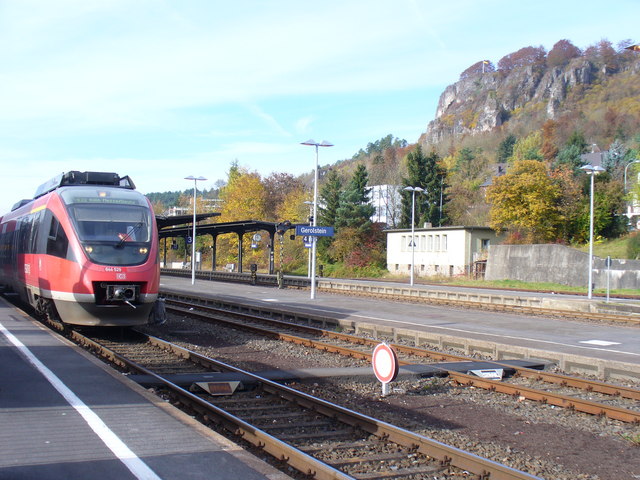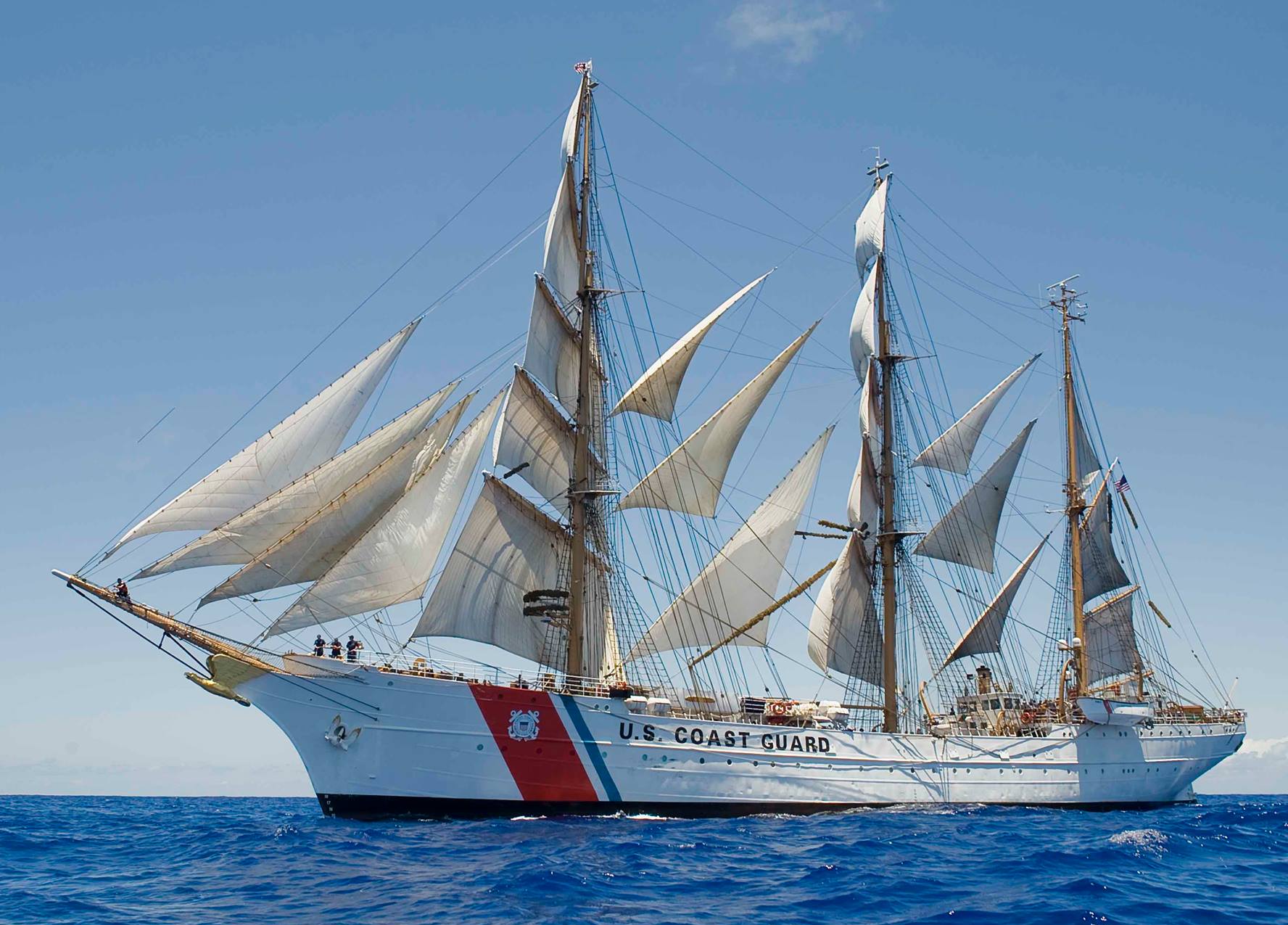|
Gerolstein Station
Gerolstein station is a station on the Eifel Railway in Gerolstein in the German state of Rhineland-Palatinate. Its former function as an important junction station, however, has been lost with the closure of the Cross Eifel Railway (''Eifelquerbahn'') and the West Eifel Railway (''Westeifelbahn''). It is the only remaining station in the town. History Due to the difficult topography and the low population density of the Eifel, railways reached it quite late. At that time it was easier to run railway lines exclusively through river valleys, where bridges and tunnels were rarely necessary. In addition, hardly any profits were expected from railway lines in the Eifel. Planning only began when metalworking became common in the Eifel, which was fairly late. Early Prussian considerations concerned a route from Cologne and Düren to Schleiden, which, however, was rejected for financial reasons. However, when it was proposed that the line would later be extended to Trier, the Rhenish R ... [...More Info...] [...Related Items...] OR: [Wikipedia] [Google] [Baidu] |
Gerolstein
Gerolstein () is a town in the Vulkaneifel district of Rhineland-Palatinate, Germany. Gerolstein is a local municipality of the ''Verbandsgemeinde Gerolstein''. It has been approved as a '' Luftkurort'' (spa town). History As early as the Stone Age, there is evidence of human habitation in the ''Buchenloch'', a nearby cave. In the Bronze Age the Dietzenley was used by the Celts as a refuge castle. In Roman times a temple and dwellings were known to have existed, and remnants of them have been preserved. One form of the name Gerolstein first appeared in connection with the building of the Löwenburg in 1115, which was then named the ''Burg Gerhardstein''. Town rights were granted to Gerolstein in 1336. In 1691, the town was almost completely destroyed when it was liberated from French occupation by troops from the Duchy of Jülich. After reconstruction, a devastating fire burnt down the town in 1708, and again in 1784. In the 1801 Treaty of Lunéville, Gerolstein, along with ... [...More Info...] [...Related Items...] OR: [Wikipedia] [Google] [Baidu] |
DRG Kleinlokomotive Class II
German ''Kleinlokomotiven'' (literally: small locomotives) like the DRG Kö II (later: Köf II) were developed as locomotives with a low weight and driving power for light shunting duties. There were two classes, based on engine power. The Class II were engines which developed more than 40 (later 50) HP. After tests with several trial locomotives, they were placed in service from 1932 onwards by the Deutsche Reichsbahn (DRG) and used on small stations for light shunting and marshalling work. They were intended to make the handling of goods traffic more economical. To do that, an appropriately trained controller had to be able to handle shunting duties using the locomotive. Accordingly, the locomotive was designed to be robust and easy to operate. Technology Light locomotives mainly used diesel motors (originally classified as ''Kö/Köf/Köe'' by the DRG), as their source of energy, but there were also versions with Benzol motors, designated as ''Kb/Kbf/Kbe'', and with electr ... [...More Info...] [...Related Items...] OR: [Wikipedia] [Google] [Baidu] |
Deutsche Bahn
The (; abbreviated as DB or DB AG) is the national railway company of Germany. Headquartered in the Bahntower in Berlin, it is a joint-stock company ( AG). The Federal Republic of Germany is its single shareholder. describes itself as the second-largest transport company in the world, after the German postal and logistics company / DHL, and is the largest railway operator and infrastructure owner in Europe. Deutsche Bahn was the largest railway company in the world by revenue in 2015; in 2019, DB Passenger transport companies carried around 4.8 billion passengers, and DB logistics companies transported approximately 232 million tons of goods in rail freight transport. The group is divided into several companies, including ''DB Fernverkehr'' (long-distance passenger), '' DB Regio'' (local passenger services) and ''DB Cargo'' (rail freight). The Group subsidiary ''DB Netz'' also operates large parts of the German railway infrastructure, making it the largest rail network in ... [...More Info...] [...Related Items...] OR: [Wikipedia] [Google] [Baidu] |
War Reparations
War reparations are compensation payments made after a war by one side to the other. They are intended to cover damage or injury inflicted during a war. History Making one party pay a war indemnity is a common practice with a long history. Rome imposed large indemnities on Carthage after the First (Treaty of Lutatius) and Second Punic Wars. Some war reparations induced changes in monetary policy. For example, the French payment following the Franco-Prussian war played a major role in Germany's decision to adopt the gold standard; the 230 million silver taels in reparations imposed on defeated China after the First Sino-Japanese War led Japan to a similar decision. There have been attempts to codify reparations both in the Statutes of the International Criminal Court and the UN Basic Principles on the Right to a Remedy and Reparation for Victims, and some scholars have argued that individuals should have a right to seek compensation for wrongs they sustained during warfare ... [...More Info...] [...Related Items...] OR: [Wikipedia] [Google] [Baidu] |
Schloss
''Schloss'' (; pl. ''Schlösser''), formerly written ''Schloß'', is the German term for a building similar to a château, palace, or manor house. Related terms appear in several Germanic languages. In the Scandinavian languages, the cognate word ''slot''/''slott'' is normally used for what in English could be either a palace or a castle (instead of words in rarer use such as ''palats''/''palæ'', ''kastell'', or ''borg''). In Dutch, the word ''slot'' is considered to be more archaic. Nowadays, one commonly uses ''paleis'' or ''kasteel''. But in English, the term does not appear, for instance, in the United Kingdom, this type of structure would be known as a stately home or country house. Most ''Schlösser'' were built after the Middle Ages as residences for the nobility, not as true fortresses, although originally, they often were fortified. The usual German term for a true castle is ''burg'', that for a fortress is ''festung'', and — the slightly more archaic term — ''v ... [...More Info...] [...Related Items...] OR: [Wikipedia] [Google] [Baidu] |
Olef Valley Railway
The Olef Valley Railway (german: Oleftalbahn or ''Flitsch'') or OTB is a 17.8-kilometre-long, single tracked, unelectrified branch line from Kall through the Schleiden Valley above Schleiden to Hellenthal. The line is currently used by tourists; travelling on the heritage railway in the summer months or occasionally by goods train Rail freight transport is the use of railroads and trains to transport cargo as opposed to human passengers. A freight train, cargo train, or goods train is a group of freight cars (US) or goods wagons (International Union of Railways) hauled ...s. However, there are attempts to reactivate passenger services that were ceased in 1981. Literature * Bernd Franco Hoffmann: ''Stillgelegte Bahnstrecken im Rheinland.'' Sutton-Verlag, Erfurt, 2014, . References External links Olef Valley RailwaySchleiden Valley rail and bus initiativeRhein-Sieg Railway* (pdf; 121 kB) * {{coord missing, North Rhine-Westphalia Eifel Standard gauge railwa ... [...More Info...] [...Related Items...] OR: [Wikipedia] [Google] [Baidu] |
Gondelsheim
Gondelsheim is a municipality in Northern Karlsruhe district in Baden-Württemberg, Germany. It is located on Bertha Benz Memorial Route 3 km northwest of Bretten and shares a direct border with that city. Sights are the gothic-revival castle with the Old Tower and a replica of the Three Dancing Maidens fountain. The castle was inherited by Countess Louise von Langenstein und Gondelsheim, an illegitimate daughter of Louis I, Grand Duke of Baden, who in 1848 married the Swedish Count Carl Israel Wilhelm Douglas (1824–1898). Count Ludwig Wilhelm August von Langenstein and Gondelsheim had today's palace built in 1857. The Douglas family, living in Langenstein Castle Langenstein Castle is a Renaissance building of the sixteenth century. Today it is owned by the Douglases, descendants of the Swedish count Ludvig Douglas. It is located within the territory of Orsingen-Nenzingen, a municipality in the Hegau regi ..., sold it in 2010. References Karlsruhe (district) ... [...More Info...] [...Related Items...] OR: [Wikipedia] [Google] [Baidu] |
Daun, Germany
Daun is a town in the Vulkaneifel district in Rhineland-Palatinate, Germany. It is the district seat and also the seat of the ' of Daun. Geography Location The town lies in the , a part of the Eifel known for its volcanic history, geographical and geological features, and even ongoing activity today, including gases that sometimes well up from the earth. Daun lies south of the High Eifel on the river Lieser. Found from 2.5 to 3.5 km southeast of Daun’s town centre are the Dauner ''Maare'', a group of three volcanic lakes separated almost wholly by only the walls of tuff between them. The town is home to the '. Daun is furthermore a spa town and has mineral water springs. Constituent communities The district seat of Daun has 8,514 inhabitants (as of 31 December 2005, counting only those with their main residence in the town). Besides the main town, also called Daun (4,264 inhabitants), the municipal area also includes these outlying centres (') that were formerly ... [...More Info...] [...Related Items...] OR: [Wikipedia] [Google] [Baidu] |
Mayen
Mayen is a town in the Mayen-Koblenz District of the Rhineland-Palatinate Federal State of Germany, in the eastern part of the Volcanic Eifel Region. As well as the main town, additional settlements include Alzheim, Kürrenberg, Hausen-Betzing, Hausen and Nitztal. Mayen is the administrative centre of the Vordereifel ‘Collective Municipality’, although it is not part of the municipality. Geography To the west, as well as to the north and south-west of Mayen, is the country landscape of the Eifel. To the east, the landscape flattens out, running towards the Koblenz-Neuwied Basin, which is divided into the northern section of the Pellenz and the southern section of the Maifeld. This area is geographically considered to be part of the Eifel. Mayen is often called ‘The Gateway to the Eifel’. The small river Nette runs through the town, flowing from the Eifel towards Weißenthurm on the Rhine. History Even in Roman times, Mayen (Lat. ''Megina'') was an important economic c ... [...More Info...] [...Related Items...] OR: [Wikipedia] [Google] [Baidu] |





